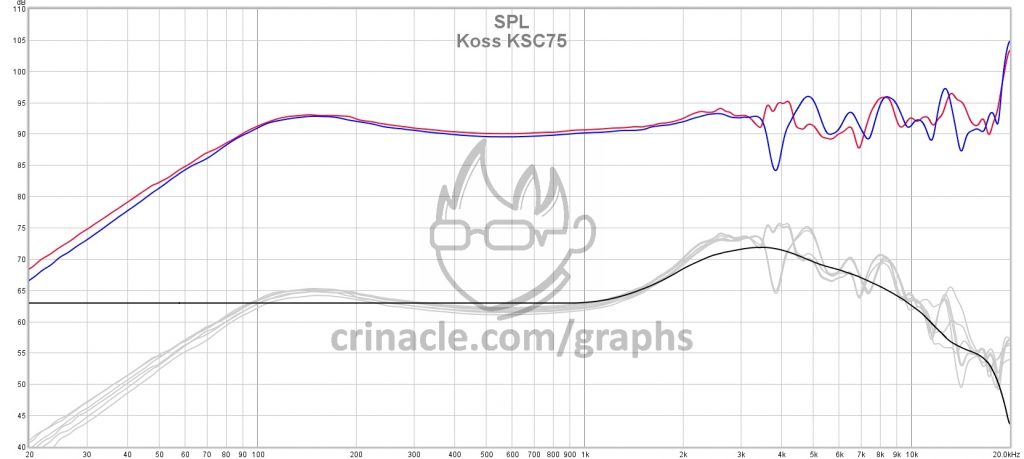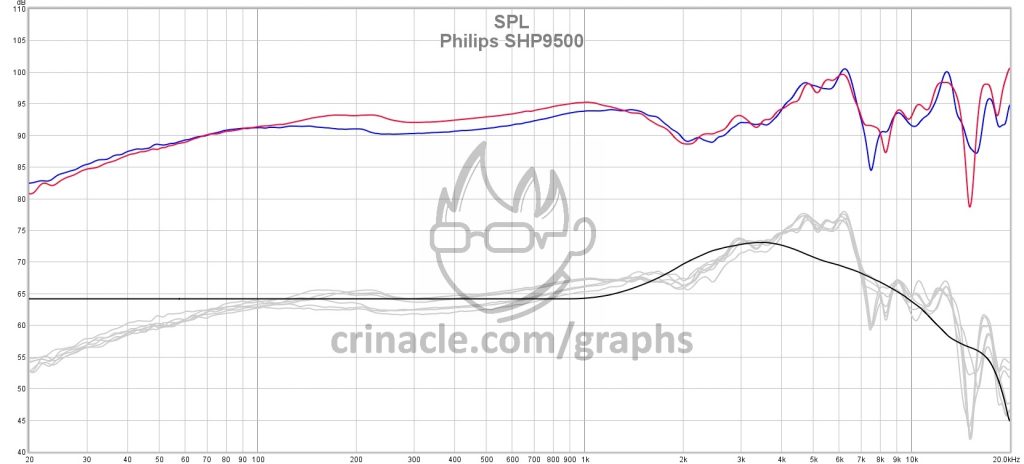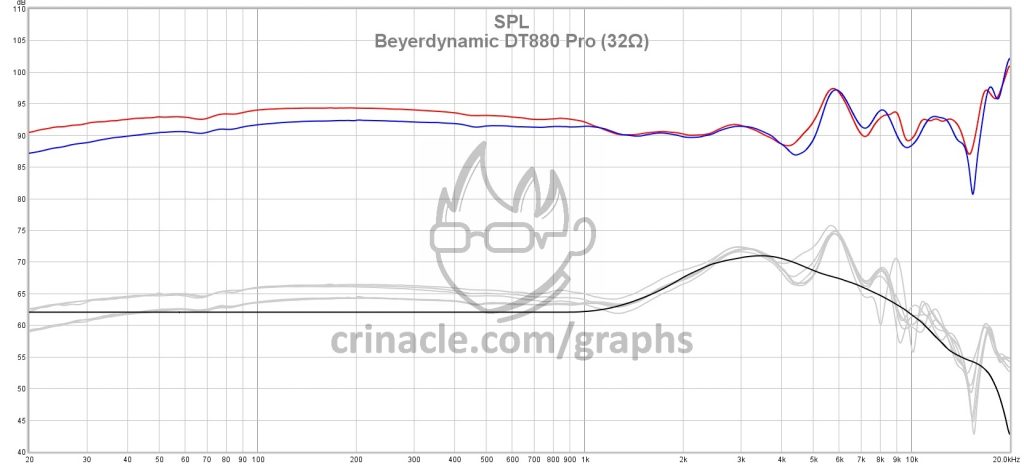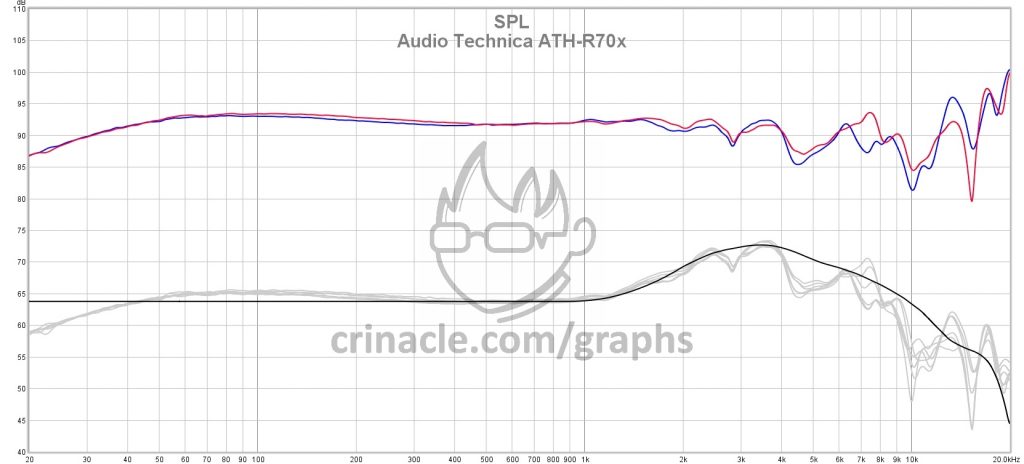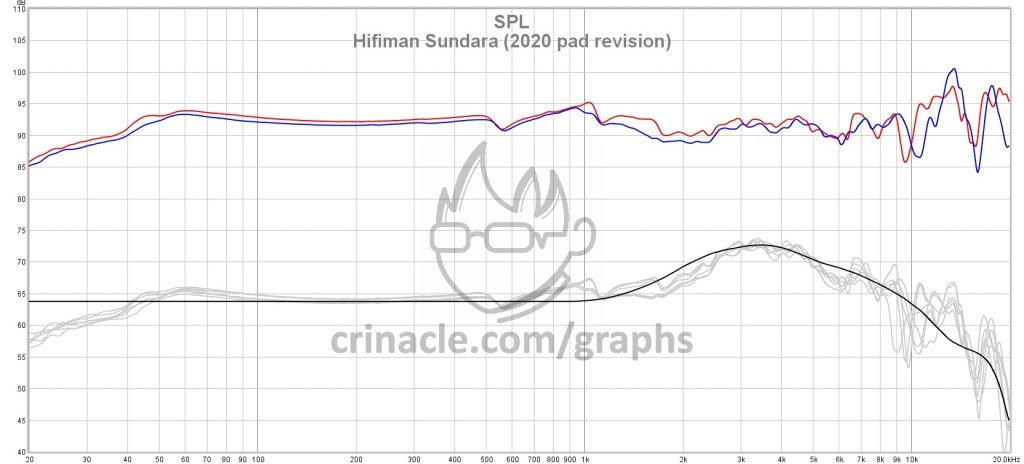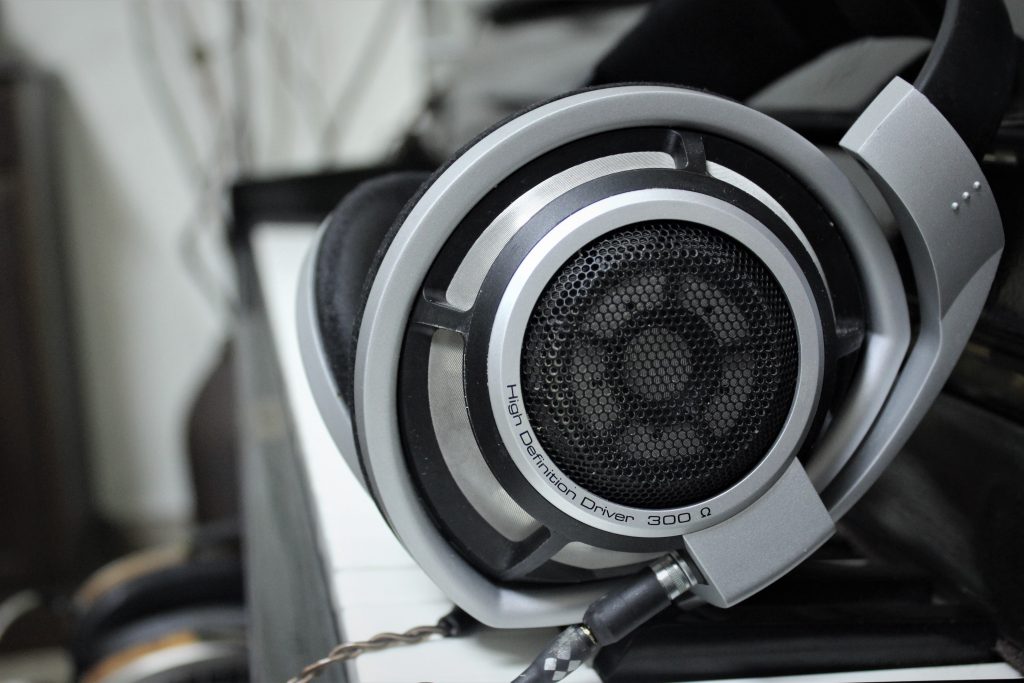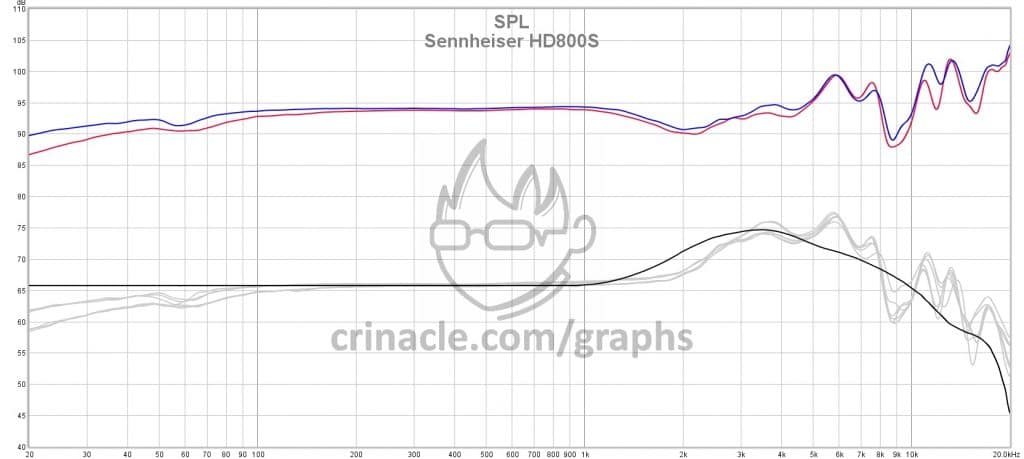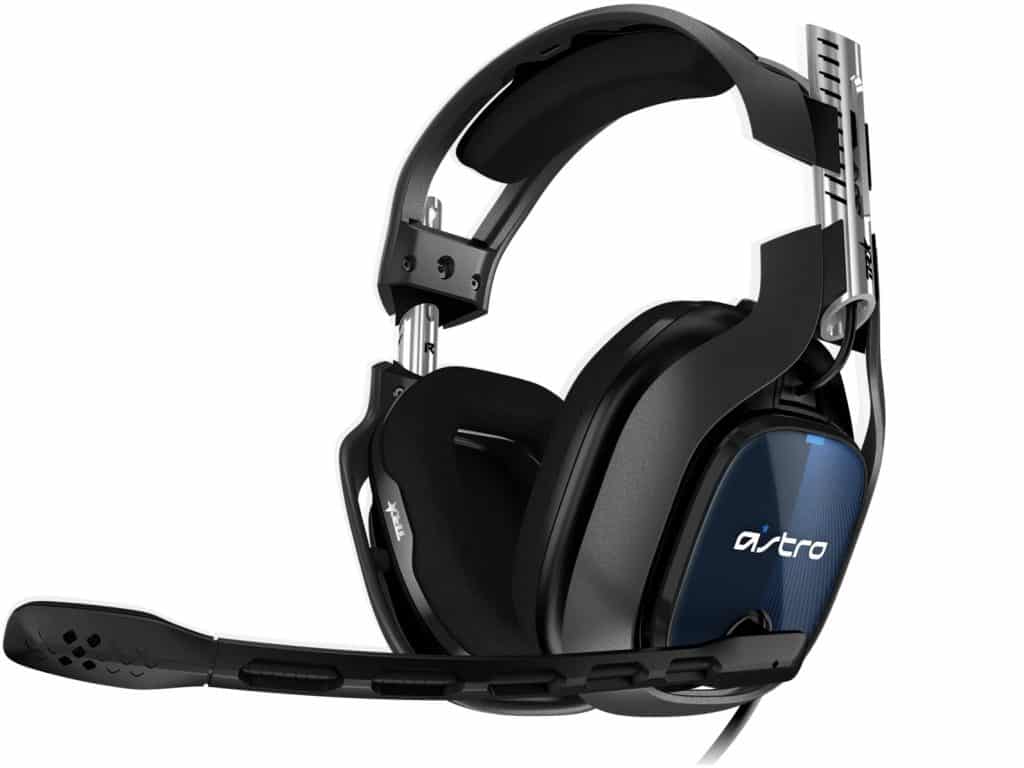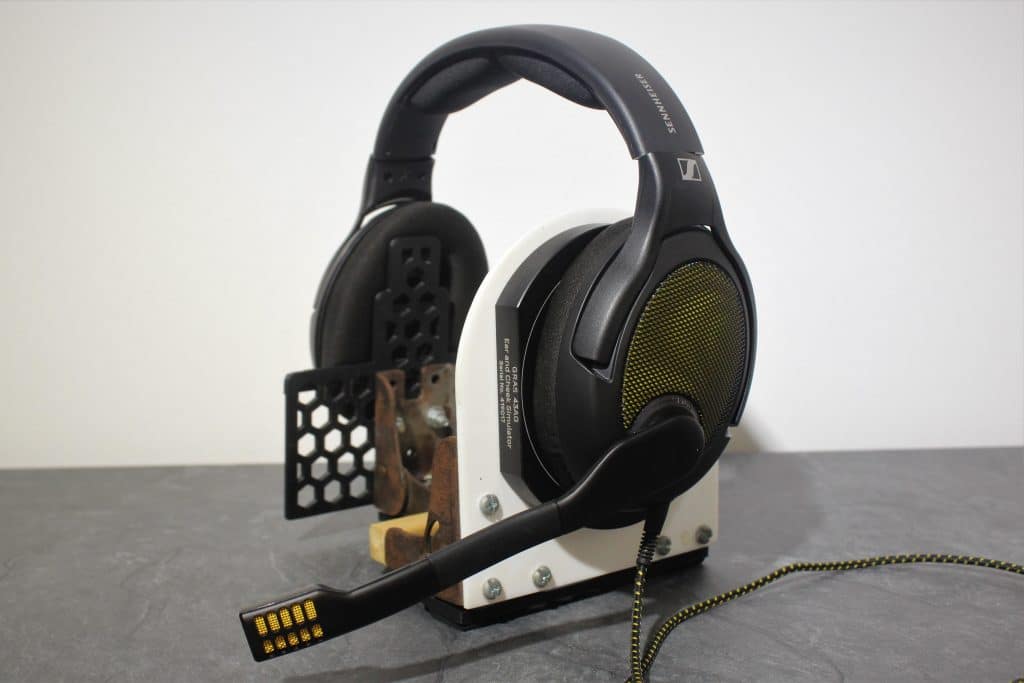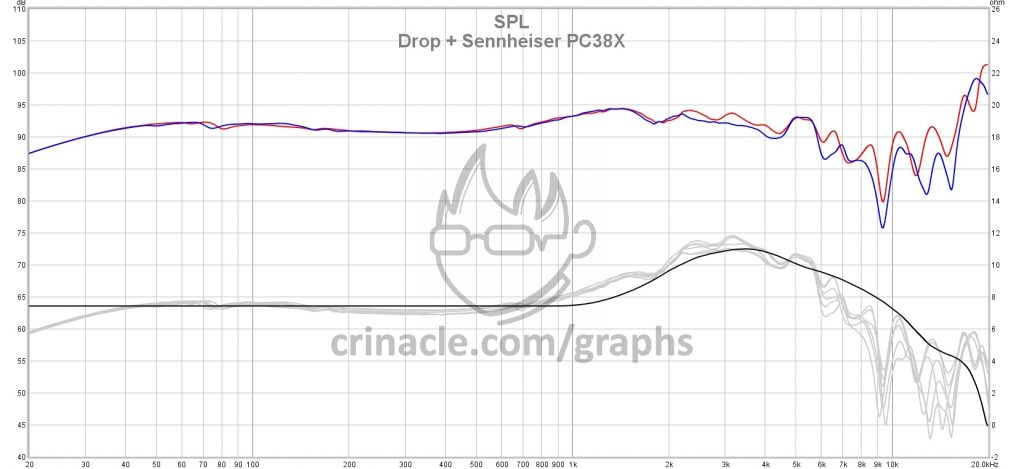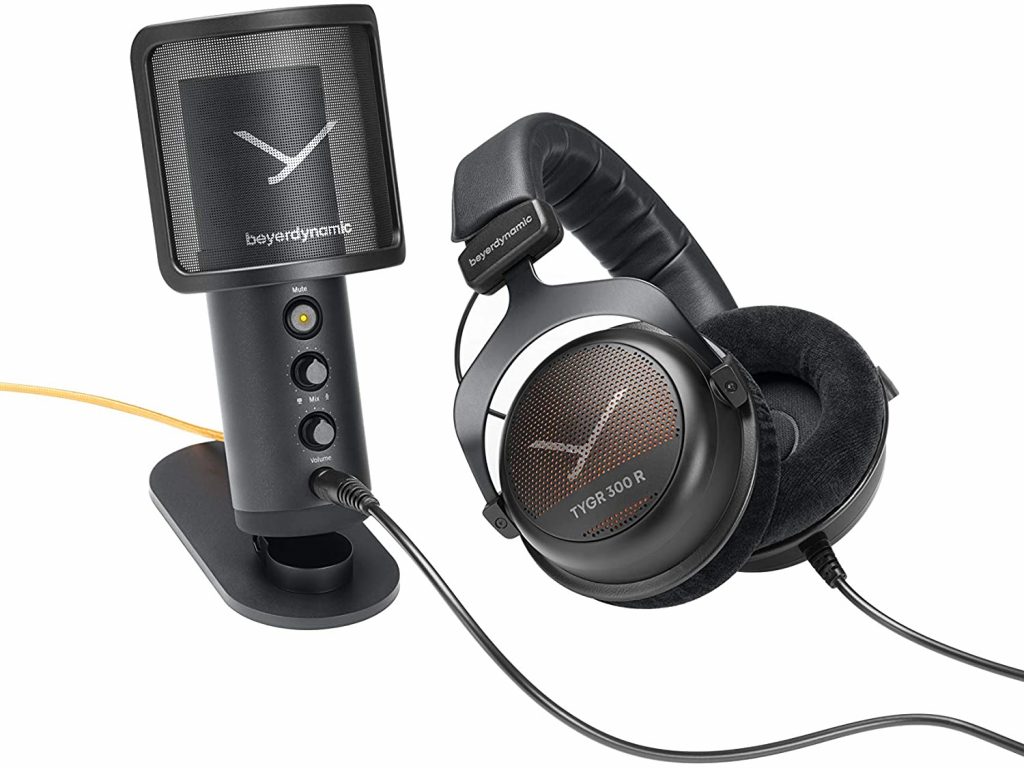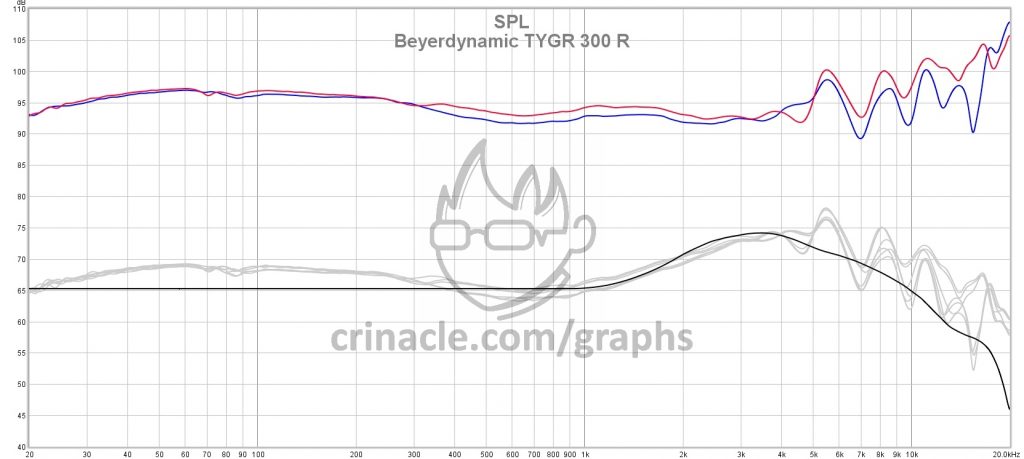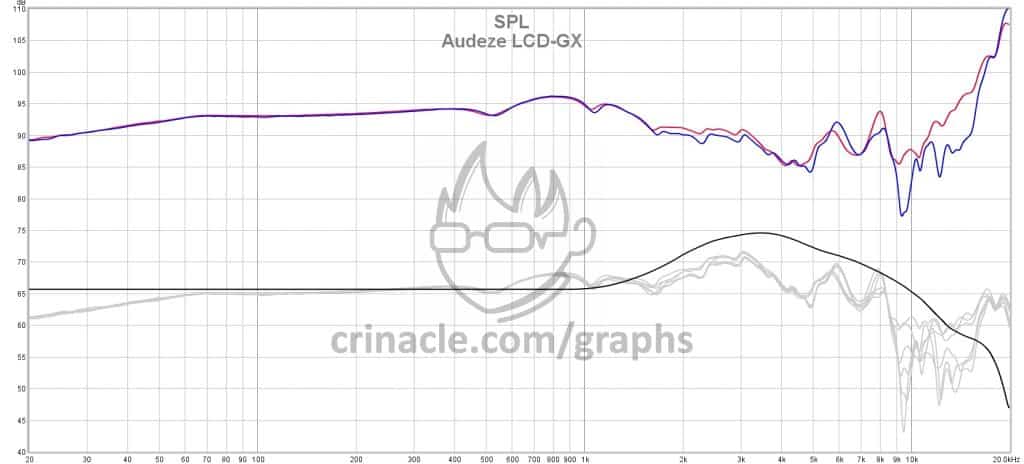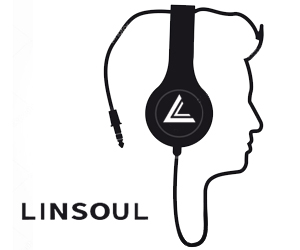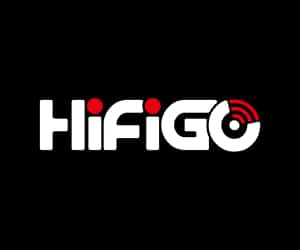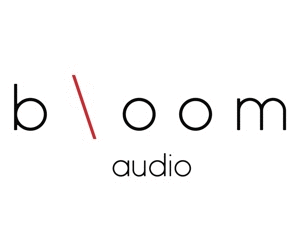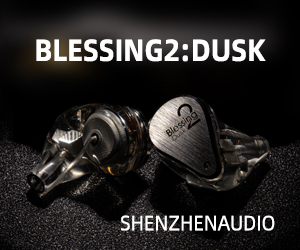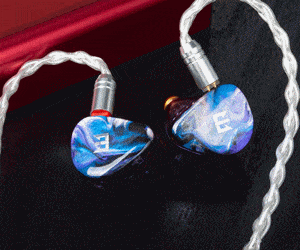Head into any audiophile-centric community, whether it being on a forum or on a Discord server, and the one question every veteran would be absolutely sick of hearing would likely be this one.
What is the best gaming headphone?
It’s a deceptively simple question with no straightforward “one size fits all” answer. Disregarding budgetary concerns (which should be the first criteria mentioned anyways) the concept of a “gaming headphone” (or a “headphone for gaming”, there is a distinct difference here) tends to have rather…. vague requirements that differ from individual-to-individual, and even from game-to-game.
So before I even begin listing out the headphones here, all that needs to be clarified.
TL;DR
Table of Contents
Criteria
What makes a gaming headphone, a "gaming headphone"?
When it all gets down to brass tacks, gaming headphones fall under three big requirements with some intersectionality.
- Competitive advantage
- Immersiveness
- Something with a microphone
I’ll break each requirement down, and then it’ll be up to you to decide which ones are your main priorities.
Competitive Advantage
I believe that this is one of the main reasons why a “gamer” would want to get a headphone that is specifically marketed as for “gamers”. Sound localisation (AKA “imaging”) is extremely important in a lot of competitive games, in particular when it comes to shooters wherein a player playing with sound would have a very distinct edge over another playing deaf.
But really, the biggest advantage begins and ends there. Beyond that, the difference between individual headphones on playing performance is minimal at best. I do still think that there are better and worse headphones for gaming, mind you, but oftentimes the performance jump is inflated for marketing’s sake rather than any real indication of what you’d actually get in real life.
The two big differences in headphones that aid in gaming are as follows:
- Tonal balance
- Soundstage and imaging ability
“Tonal balance” sounds like a scary complicated buzzword but it really is just the tuning of the headphone. Flat? Bass-boosted? Treble-emphasised? This kind of “sound mix” helps more than one might think. More often than not a competitive player would benefit the most out of a headphone that is tuned to neutrality or even a brighter tilt as crucial sound cues like footsteps and gunshots exist higher up in the frequency spectrum.
Which is ironic, because many “gaming headphones” tend to be tuned rather bass-heavy, and so isn’t really competitive in this regard. You wouldn’t want footsteps and gunshots drowned out every time an explosion happens, or if a vehicle is idling nearby.
Soundstage and imaging refers to how the sounds are placed in your hearing field. Soundstage moreso refers to how “wide” or “narrow” your simulated environment sounds, and imaging refers to how accurately sounds are positioned in said environment.
In almost every case, an open-backed headphone (a headphone that does not block out any outside noise) will be the better than a closed-back headphone for staging and imaging ability. Open-backs typically sound wider with more pin-point imaging, of course assuming it is being used in a quiet environment. Which, again, is ironic as most “gaming headphones” are closed-back.
So, if you’re someone who is really concerned with the competitive advantage a headphone would give you, then what you’re probably looking for is a neutral-to-bright, open-back headphone with a wide soundstage and good imaging. Keep that in mind as you read the rest of this article.
Immersiveness
This aspect is much more subjective. Obviously for maximum immersiveness one would go for a headphone with the widest stage and best imaging, but the tuning is where things get iffy.
Some may consider a flat/bright headphone to sound too boring or sterile when they’re trying to feel like being in a movie, so a bass-boosted headphone would be a much more “immersive” experience overall. For these people, the qualities that make a headphone “competitively advantageous” and “immersive” are at odds with one another, so they have to pick and choose.
And if you’re the kind who would want the luxurious combo of wide stage, good imaging, and big bass… unfortunately, you’re not going to get big bass response out of an open-back headphone, and a closed-back headphone with big bass isn’t going to have the same staging and imaging as an open-backed one. A real catch-22.
So maybe you’re looking for one or both of these characteristics in your gaming headphone, and/or maybe you’d also want…
Something with a Microphone
… in which case, you could just as well purchase a microphone separately rather than insisting that everything be bundled together as an All-in-One (AIO).
I’m no expert in microphones so I would direct you to specialists like Podcastage and Julian Krause for better purchase recommendations. But for a very shallow overview of what you can get at different price points:
$10 ~ $20: Clip-on/lavalier microphone
Under $50: Samson Go, V-moda BoomPro (limited compatability)
$50 ~ $150: Antlion Modmic
~$150: Audio Technica AT2020
Again I am no expert in this industry so these are barely recommendations and more like a rough overview of what to expect at each price point. The Modmic is usually the default recommendation for those wanting a traditional boom-arm-type microphone that is immediately compatible with any headphone you might want to buy, but as with everything else on the list it’s an extra cost that needs to be added on top of the cost of whatever headphones you want to get.
…
And even as all this is said and done, the most important point is this: ANY HEADPHONE CAN BE USED AS A GAMING HEADPHONE. There is nothing special about “gamer”-branded headphones that don’t already exist in regular headphones, apart from maybe a built-in microphone which can be purchased separately anyways.
And now, the best headphones for gaming at each major price point.
Best under $50
KOSS KSC75
Product page:
KSC75
Massdrop KSC75x
MSRP: $20
Typical street prices: As low as $15
I say headphones, but really there’s only one choice here. And it’s not even a headphone.
I have written a full review so I won’t go too in-depth here. In short, these clip-ons provide the same staging width and imaging chops as a fully circumaural open-back headphone, and while the bass extension leaves a lot to be desired in music and movie listening, the added clarity is invaluable for those seeking that competitive edge.
It’s not hyperbole to say that the KSC75s are more-or-less the true gamer’s default option all the way up to $150. It’s that good, and with a cheap lapel mic your entire setup wouldn’t even break $50 total. Pretty much every other sub-$100 open-backed headphone pales in comparison.
Best under $100
Philips SHP9500
Product page: https://www.philips.com.hk/en/c-p/SHP9500_00/hifi-stereo-headphones
MSRP: $80
Typical street prices: Around $75
The sub-$100 market for open-backed headphones is abysmal, so while the SHP9500 is on this list I would still pick the KSC75 over it. But it does have its uses in gaming.
Does it have wide soundstage? Yep. Does it have good imaging? Decent. Does it have a neutral-bright signature? Definitely higher-frequency-tilted. So regardless of my criticisms of it as a music-listening headphone (of which I gave it a “C” rank on my ranking list), I can at least acknowledge it as a pretty good gaming headphone.
Best under $200
AKG K612 Pro
Product page: https://www.akg.com/Headphones/Professional%20Headphones/K612PRO.html
MSRP: $210
Typical street prices: $150
Now we’re getting into the first justifiable update over the KSC75.
The K612 is flat with an ever-so-slight tilt towards brightness, and still retains that signature AKG staging and imaging. At $150 it’s one of the best buys in the price range that coincidentally also matches with gaming needs very well.
It’s also a little boring, mind you, so don’t expect it be particularly immersive if you’re looking for that dynamic thump and impact from explosions and whatnot. Competitive, but not exciting.
Hifiman HE400se
Product page: https://store.hifiman.com/index.php/he400se.html
MSRP: $150
Typical street prices: $150
Another solid sub-$200 open-backed headphone, the HE400se is a solid improvement over the original HE400i and starting to become a mainstay recommendation for general audiophiles as well.
In comparison to the K612, the HE400se trades off its clinical execution with some extra excitement and dynamism. It’s not as good in the imaging and stage width department but I’d consider the HE400se to be a far better all-rounder for those who aren’t on KovaaK 24/7.
Don’t expect it to be as exciting as the other V-shaped gaming headphones, though. It’s still a balanced, neutrally-tuned headphone at its core.
Honorable mention to the Sennheiser HD560S ($200 MSRP and street price); while having some imaging concerns as highlighted in my review it is still one of the best $200 headphones out there that would satisfy all but the most nitpicky of audiophiles.
Best under $300
beyerdynamic DT880 Pro
Product page: https://europe.beyerdynamic.com/dt-880-edition.html
MSRP: $230
Typical street prices: $230
Probably the best model in the DTXX0 series of beyerdynamics, the DT880 is also surprisingly excellent for gaming needs.
The bright tilt, again, helps with identifying footsteps and gunshots far better than any bass-boosted can. What many would consider Beyerdynamic’s Achille’s Heel is now an advantage in the gaming space. How poetic.
Honorable mention to the Massdrop x Sennheiser HD6XX ($220 MSRP and street price); the HD6X0 series are notorious for having closed-back levels of staging width and extremely basic imaging, but the HD6XX still remains one of the best deals in audio that should be taken into consideration regardless on one’s obsession with being pro gamer.
Best under $500
Audio Technica ATH-R70x
Product page: https://www.audio-technica.com/en-us/ath-r70x
MSRP: $350
Typical street prices: $350
Some may argue till the cows come home that the HD6X0 are unequivocally the superior overall headphone, but hardly anyone will deny that the R70x has them beat on staging and imaging.
Up until the kilobuck ranges (foreshadowing!) the R70x probably has the best combination of stage width and imaging precision, and would be my main recommendation for those looking for the best-of-the-best in gaming performance at a not-totally-ridiculous pricepoint.
Surprisingly the R70x is probably the least treble-emphasised especially in comparison to the rest of the headphones in this list, but the imaging performance carries it so hard that it doesn’t need the tonality advantage anyways.
Hifiman Sundara
Product page: https://hifiman.com/products/detail/286
MSRP: $350
Typical street prices: $350
I almost didn’t want to put the Sundara on this list because staging and imaging isn’t its strong suit, but it’s still an extremely solid headphone overall with decent imaging ability and I felt like the R70x needed a partner in this space.
Like the HE400se is to the K612, the Sundara is the all-rounder in the sub-$500 gaming space. It’s no R70x but it’s no HD6X0 either, and would beat out virtually every closed-back headphone in the price bracket as well.
Honorable mention to the Sennheiser HD600 ($400 MSRP and $280 street price); a slight improvement over the HD6XX/HD650 on the staging front with a more neutral response, but with similar imaging problems.
Reasonable Endgame
Sennheiser HD800/S
Product page: https://en-us.sennheiser.com/high-resolution-headphones-3d-audio-hd-800-s
MSRP: $1,600
Typical street prices: Roughly $1,500
“Reasonable” in this case being not completely off the rails in terms of overall cost, else I might as well recommend the $59,000 HE-1 or some convoluted Stax setup.
The HD800 is renowned for its soundstage width, being one of the widest-sounding headphones ever made. In terms of immersiveness, bass boost be damned. The HD800 doesn’t need big bass to show you how far it can project sound beyond the confines of your head, and in this regard it is the G.O.A.T..
Couple that with the bright tilt and what you have is a headphone that is surprisingly appropriate for competitive play, perhaps the best in the category assuming that noise isolation isn’t required.
Not-terrible Gaming Headsets
(That I have tried so far)
But even though it’s clear that “normal” headphones are oftentimes better than their “gaming” counterparts, sometimes you don’t want to buy your headphones and microphone separately. Perhaps it’s too much hassle and you prefer to just have a boom arm permanently attached to the side of your head and ready for action whenever you want.
That’s fine too.
These headsets are not the best so there’s a reason why they never come up in the conversation in audiophile circles; around people obsessed with the best. A gaming headset provides the convenience of an AIO but neither the headphones part nor the microphones part will ever match up to dedicated selections of each.
So for these usecases, here is a list of what I would consider not-terrible gaming headsets.
Disclaimer: I am not including headphones/headsets that I have not tested.
Astro A40
Product page: https://www.astrogaming.com/en-us/products/headsets/a40-tr-gen-4.html
MSRP: $150
Typical street prices: $150
The A40 is the only headset from a gaming brand that I’ve heard (so far) with a neutral-ish tuning. So on the tuning front it’s a pretty decent pick, but unfortunately still comes with the narrow and congested staging of a typical closed-back headphone.
Like I said, it’s not terrible. In fact, it’s a pretty good headphone even at $150. But even for gaming there are better options.
Drop + Sennheiser PC38X
Product page: https://drop.com/buy/drop-sennheiser-pc38x-gaming-headset
MSRP: $170
I’ve written a full review of the PC38X so I won’t dive too deep here.
A TL;DR: while I found the PC38X to be an exceptionally well-tuned headphone, the staging and imaging is so compressed that I cannot, in good faith, recommend it as a headphone purely for gaming. It is a great headphone for music listening, but ironically this gaming headphone isn’t the most appropriate for gaming.
beyerdynamic TYGR 300 R
Product page: https://europe.beyerdynamic.com/tygr-300-r.html
MSRP: $300 (“Streamer bundle” including FOX microphone)
Typical street prices: $300
The TYGR 300 R itself is a decent headphone, but without the bundled FOX microphone or an attached boom arm it’s as much of a gaming headphone as the rest of my non-gaming-headset recommendations.
The bundle is alright, but if you’re considering separating your headphone and microphone purchases you might as well aim higher and do your own research for each. That said, this isn’t terrible so it makes it on this mediocre list.
Audeze LCD-GX
Product page: https://www.audeze.com/products/lcd-gx
MSRP: $900
Typical street prices: $860
The Audeze sound signature is odd because I never found their downward-tilt particularly appropriate for gaming. You can’t even call them “bass-boosted” either, more “upper-mid-recessed”.
On top of that, at slightly under half a kilo without a cable (slightly over with a cable), it may be one of the lighter Audeze headphones but also one of the heaviest gaming headsets out there. I usually don’t care about headphone weight and build, but when my gaming sessions often go on for hours… that weight gets harder and harder to ignore.
Honorable mentions for gaming headsets that are not-terrible (not personally tested, but according to the people I trust):
- Astro A50
- Audeze Penrose
- Massdrop x Sennheiser PC37X
- HyperX Cloud 2


